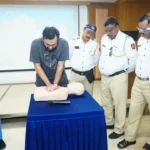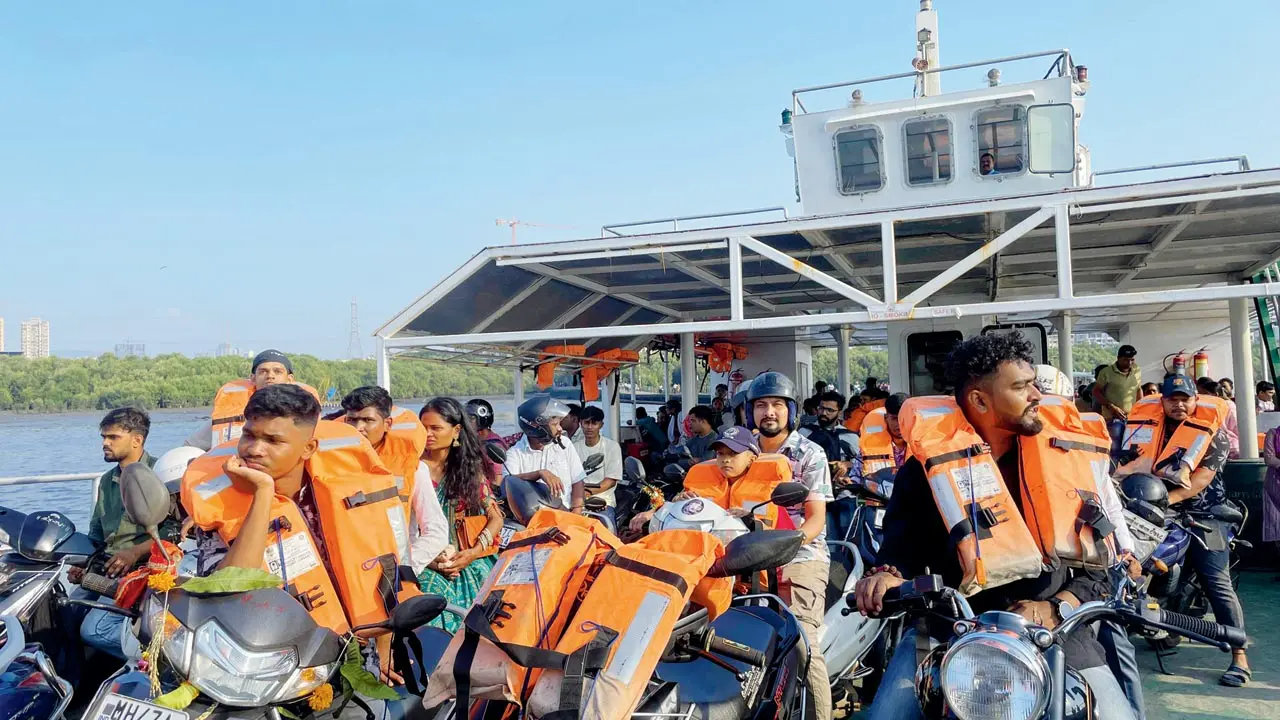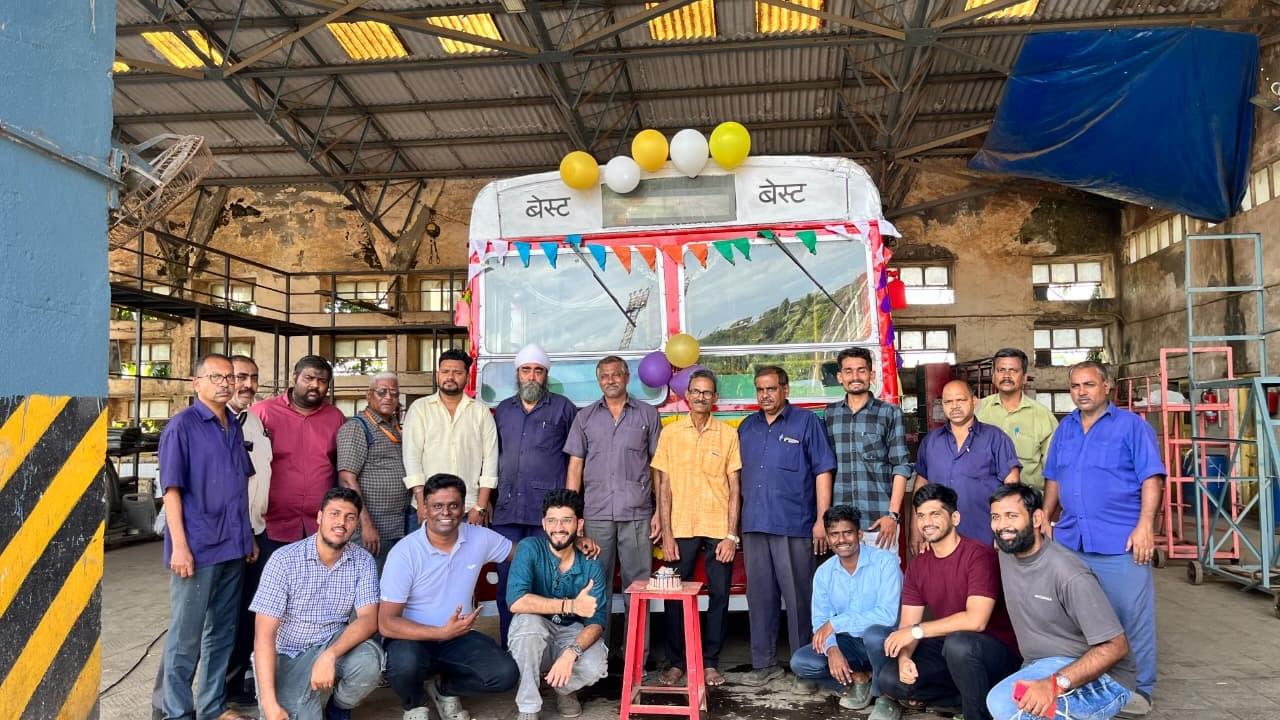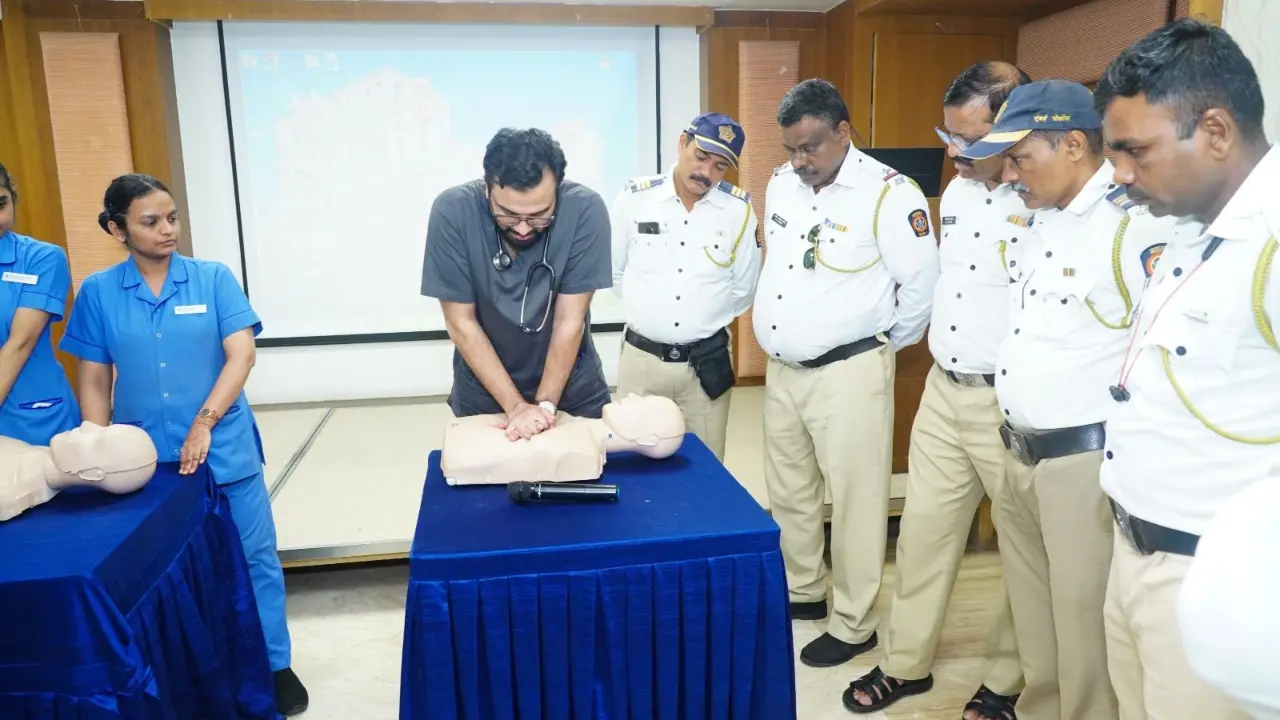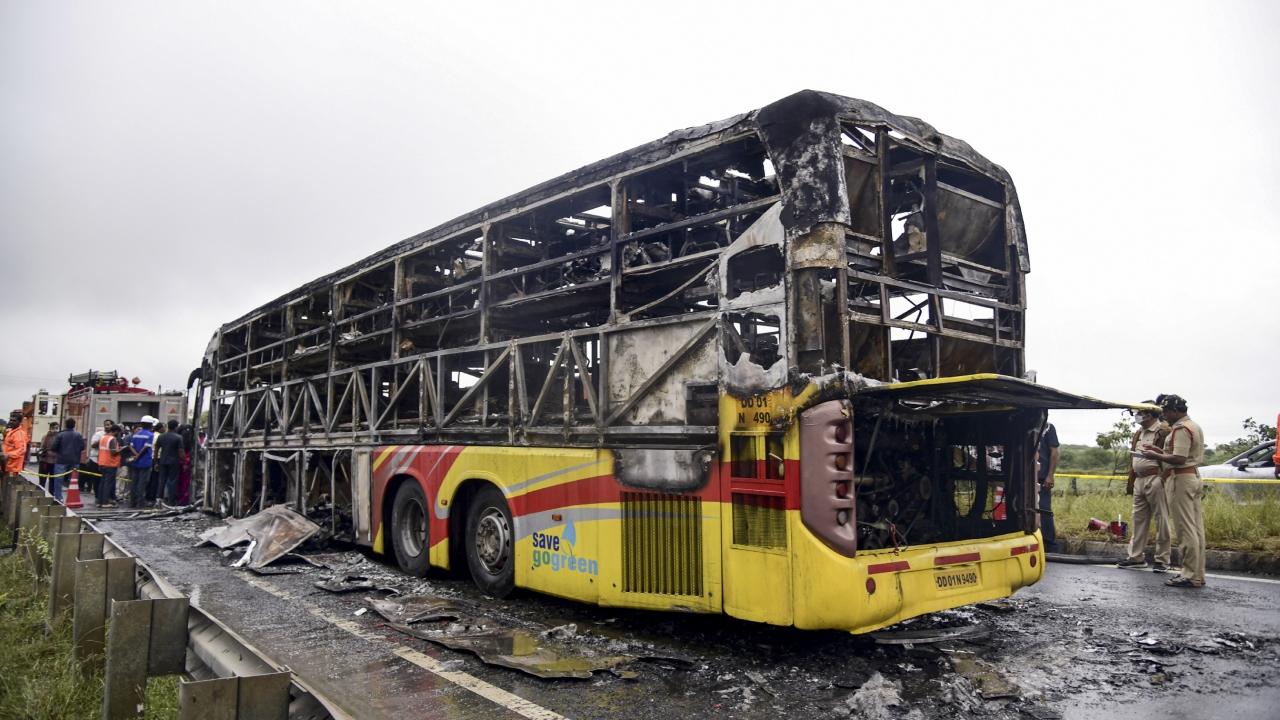Ferry services from Borivli to Gorai and Marve, a daily lifeline for thousands of commuters and tourists, received a major safety overhaul this month. On October 10, the Maharashtra Maritime Board (MMB) rolled out new safety rules to ensure smoother and safer travel across the creek.
The ferries, which make about 66 trips a day, had long faced the issue of overloading, with over 20 vehicles and 40 passengers often crowding on each ride. Following growing safety concerns, the MMB has now placed strict caps on passenger and vehicle limits, along with compulsory use of life jackets for everyone on board.
Life jackets neatly arranged on the ferry for passengers. Pics/Madhulika Ram Kavattur
To enforce these rules, two security officers, one at each jetty, have been deployed to monitor operations and passenger compliance.
‘A lesson from tragedy’
Milind Surve, port inspector (Marve-Manori), told mid-day that the new safety rules stem from the December 18, 2024, ferry accident near Gateway of India, which claimed multiple lives. “After the Gateway incident, MMB began working on better safety enforcement. Those lives might have been saved had passengers worn life jackets,” Surve said.
Tejas Bhandari, a daily ferry commuter
Safety rules in action
Security officer Deepak Ramdas Bhabad, stationed at Borivli jetty, explained that ferry capacity now depends on size and passenger count.
“We now allow only 15-20 vehicles per trip, depending on passenger load. No ferry leaves the jetty unless all on board, even those seated on bikes, are wearing life jackets,” he said.
Security officer Deepak Ramdas Bhabad
Smaller ferries can carry up to 45 passengers (including vehicles) and are equipped with 48 adult and five child-sized life jackets. Larger ferries can carry 125 passengers with 100 adults and 10 child jackets.
“There is a shortage of jackets, but we’ve reported it and it’ll be resolved soon,” Bhabad added.
Passengers adapting
While many commuters initially resisted the new measures, authorities believe the discomfort is temporary.
“People are still adjusting. Some ask for exceptions, but safety comes first,” Bhabad said.
Dharmendra Goswami, first-class IV master, added, “Once people get used to the rules, everything will run smoother. A bigger ferry is also being introduced soon, which can carry hundreds more.”
What’s next
Surve said the safety guidelines are currently on a trial basis. “After assessing loopholes, we’ll introduce app-based ticketing to make ferry travel easier and safer,” he said.
He likened the rules to traffic safety, “Just as wearing a helmet saves lives, life jackets and preventing overloading will save passengers from tragedy. People may take time to adjust, but these rules exist to avoid accidents in the furture. People will gradually understand it.”
Passenger voices
Tejas Bhandari, a daily commuter, said, “It feels new and a bit strange. We understand the importance of these safety measures, but it’s also a little tedious since we’ve been used to the old way for so long.” Speaking about travelling with his two-wheeler, he added, “In an emergency, many people might still try to save their vehicles — even I might think of mine for a moment. So, I believe the best safety measure would be to ensure proper maintenance and regular checks of the ferry boats themselves.”
“The new rules have made our commute much better — it’s fantastic now, as security officers maintain discipline and ensure everyone’s safety. The only improvement needed is a proper queue for boarding and deboarding,” said Gorai local Prashan Khade. On online ticketing, he added, “If the MMB introduces online tickets, our travel will become much smoother. We earlier had a monthly pass system that was discontinued, but digital tickets would make the service as efficient as the Metro.”
October 10
Day new rules were rolled out




